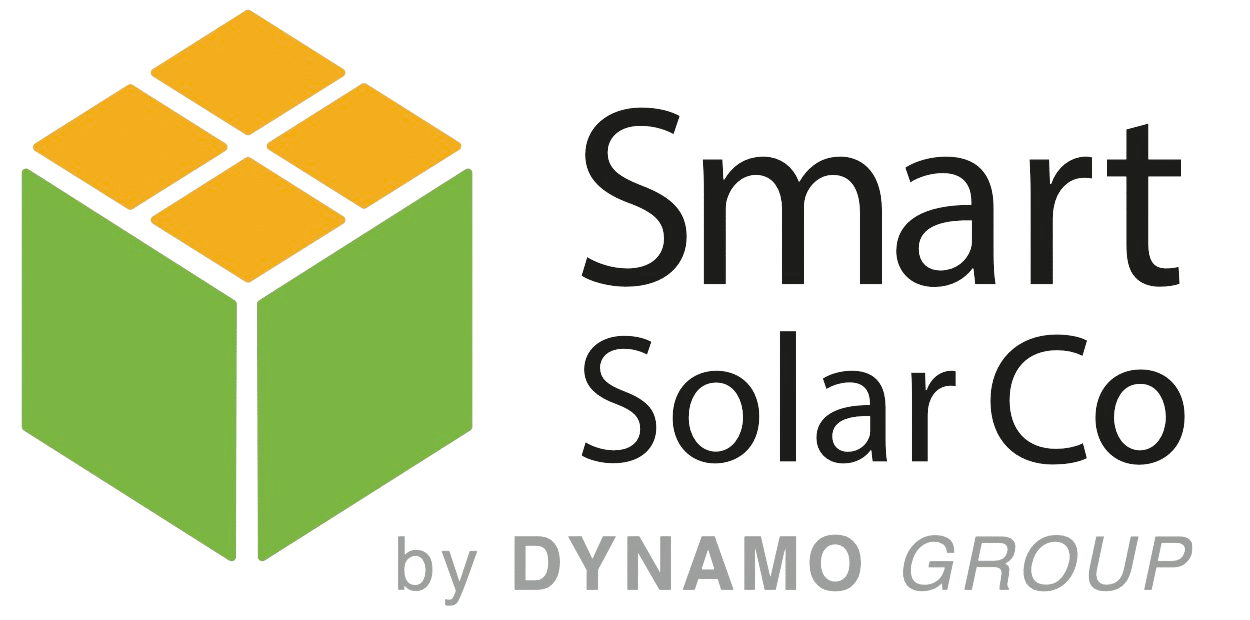By Victor Fayad, Smart Solar Co
Embarking on the journey towards solar energy is a transformative decision for businesses, governments, and organizations alike. However, before breaking ground on a solar plant, a thorough financial feasibility study is essential. This crucial step not only determines the viability of the project but also lays the groundwork for a sustainable and financially sound investment. Let’s explore the key factors, variables, and risks involved in conducting financial feasibility studies for solar plants.
Factors Influencing Financial Feasibility:
Solar Resource Assessment:
A comprehensive understanding of the solar resource potential at the project site is fundamental.
Factors such as sunlight intensity, duration, and patterns play a critical role in determining energy production.
System Design and Technology:
The choice of solar technology (e.g., photovoltaic or concentrated solar power) and system design significantly impact project costs and energy output.
Technological advancements may offer increased efficiency and reduced costs over time.
Capital Expenditure (CAPEX):
Estimating the initial investment required for the solar plant, including equipment, installation, and other infrastructure.
Accurate CAPEX projections are crucial for securing financing and determining the project’s economic viability.
Operational and Maintenance Costs (O&M):
Evaluating ongoing expenses related to the operation, maintenance, and monitoring of the solar plant.
O&M costs are essential for calculating the levelized cost of electricity (LCOE) over the plant’s lifetime.
Energy Production and Revenue:
Projecting the energy production of the solar plant based on the solar resource and system efficiency.
Estimating revenue generation through power sales or other revenue streams, considering feed-in tariffs or power purchase agreements.
Variables Impacting Financial Feasibility:
Regulatory Environment:
Understanding government policies, incentives, and regulations that may affect project economics.
Changes in regulations can impact the financial feasibility of the solar plant.
Financing Terms:
Examining the terms of financing, including interest rates, loan tenures, and repayment schedules.
Favorable financing terms can enhance the project’s financial feasibility.
Energy Market Prices:
Assessing the volatility of energy market prices, as they directly impact the revenue generated by the solar plant.
Market fluctuations can influence the long-term financial viability of the project.
Inflation and Discount Rates:
Accounting for inflation rates and applying appropriate discount rates in financial calculations.
These variables influence the net present value (NPV) and internal rate of return (IRR) of the project.
Risks in Solar Plant Financial Feasibility:
Technology Risks:
Rapid advancements or unexpected technical issues can impact the performance and efficiency of solar technologies.
Market Risks:
Fluctuations in energy market prices and changes in demand can affect revenue projections.
Policy and Regulatory Risks:
Changes in government policies, subsidies, or incentives may impact the project’s financial outlook.
Operational Risks:
Unforeseen maintenance issues, equipment failures, or performance degradation can affect O&M costs and energy production.
Financial Risks:
Variability in financing terms, interest rates, and currency exchange rates can pose financial risks to the project.
Smart Solar Co: Mitigating Risks, Maximizing Returns
At Smart Solar Co, we understand the intricate balance between risk and return in solar projects. Our expertise in solar technology, local regulatory environments, and risk assessment allows us to tailor solutions that minimize risks and maximize returns. When partnering with Smart Solar Co, rest assured that your solar plant investment is backed by a thorough understanding of financial dynamics and a commitment to long-term sustainability.
Victor Fayad, Smart Solar Co – Lighting the Path to Financially Feasible Solar Solutions


